Art
Artwork Khrushchev Probably Would Not Have Liked 33
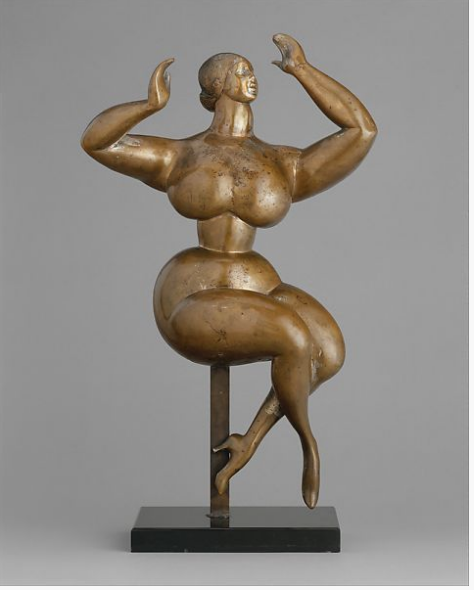
Nude Woman with Upraised Arms ca. 1926
Gaston Lachaise American
Posted By: Paul - Sat Feb 20, 2021 -
Comments (0)
Category: Art, Avant Garde, Statues and Monuments, Body Modifications, 1920s, North America
Artwork Khrushchev Probably Would Not Have Liked 32
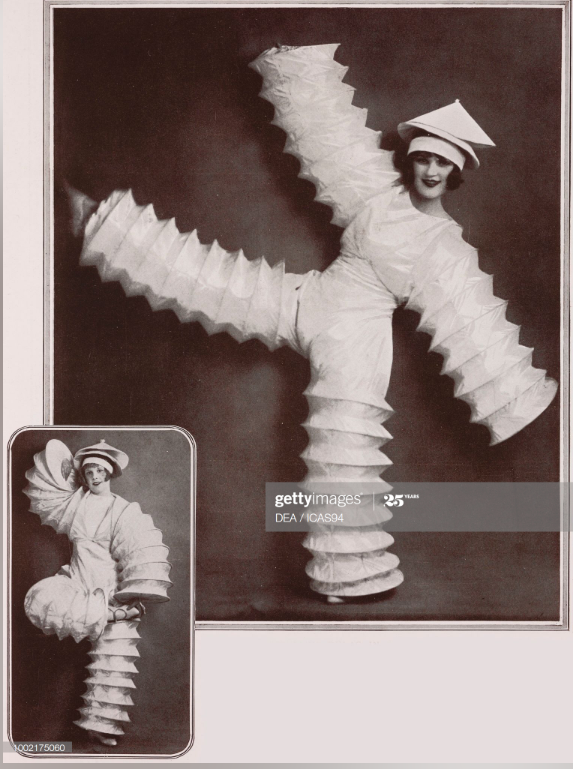
"Actress Germaine Dulac (1882-1942) as a worm at the Folies Bergere in Paris, France, photograph by Walery from The Tatler, No 1408, June 20, 1928, London."
Posted By: Paul - Thu Feb 04, 2021 -
Comments (3)
Category: Art, Avant Garde, Beauty, Ugliness and Other Aesthetic Issues, Costumes and Masks, 1920s
Haas Brothers Art
A long article here.Their homepage.
An account of their 2014 exhibit.
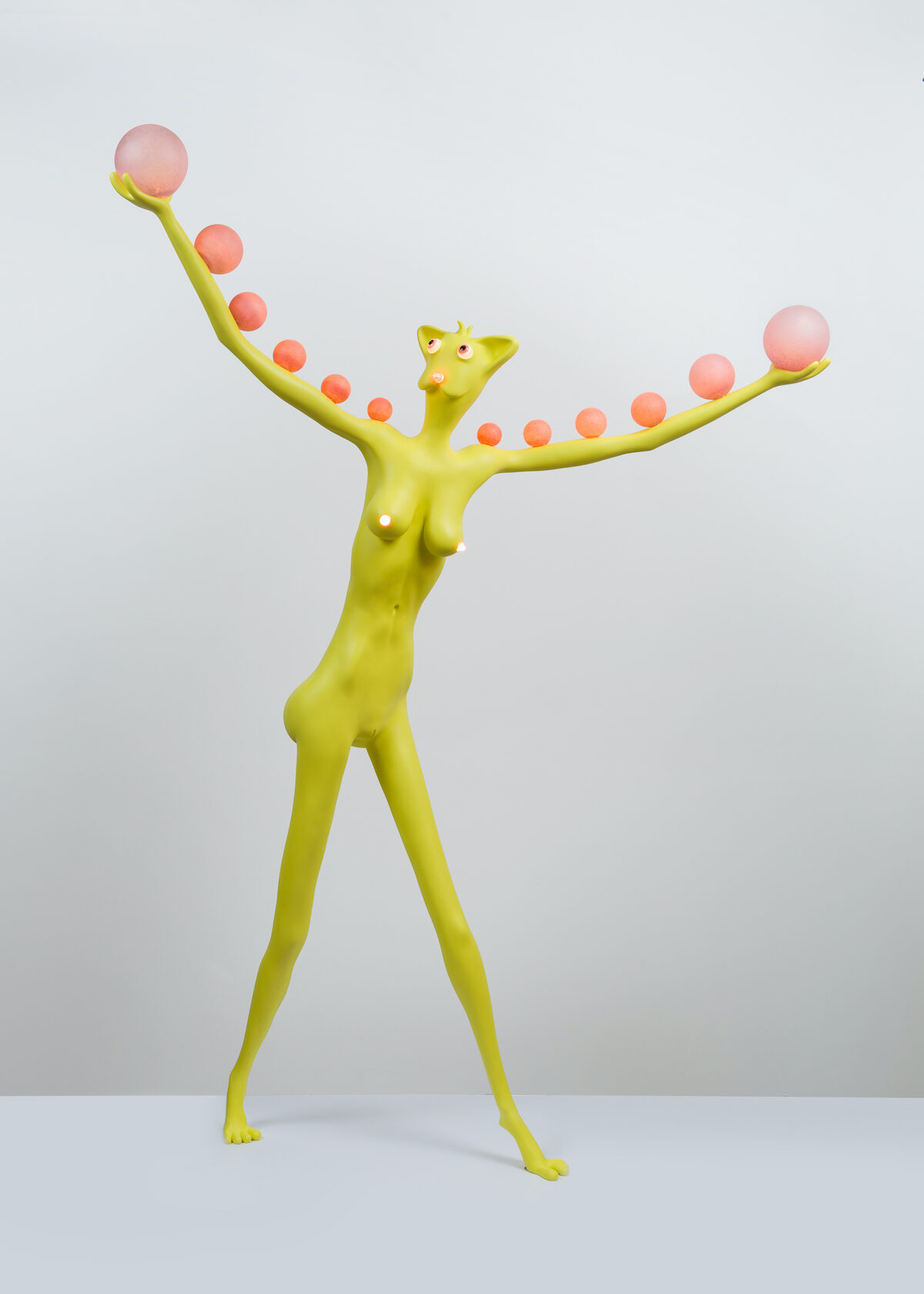
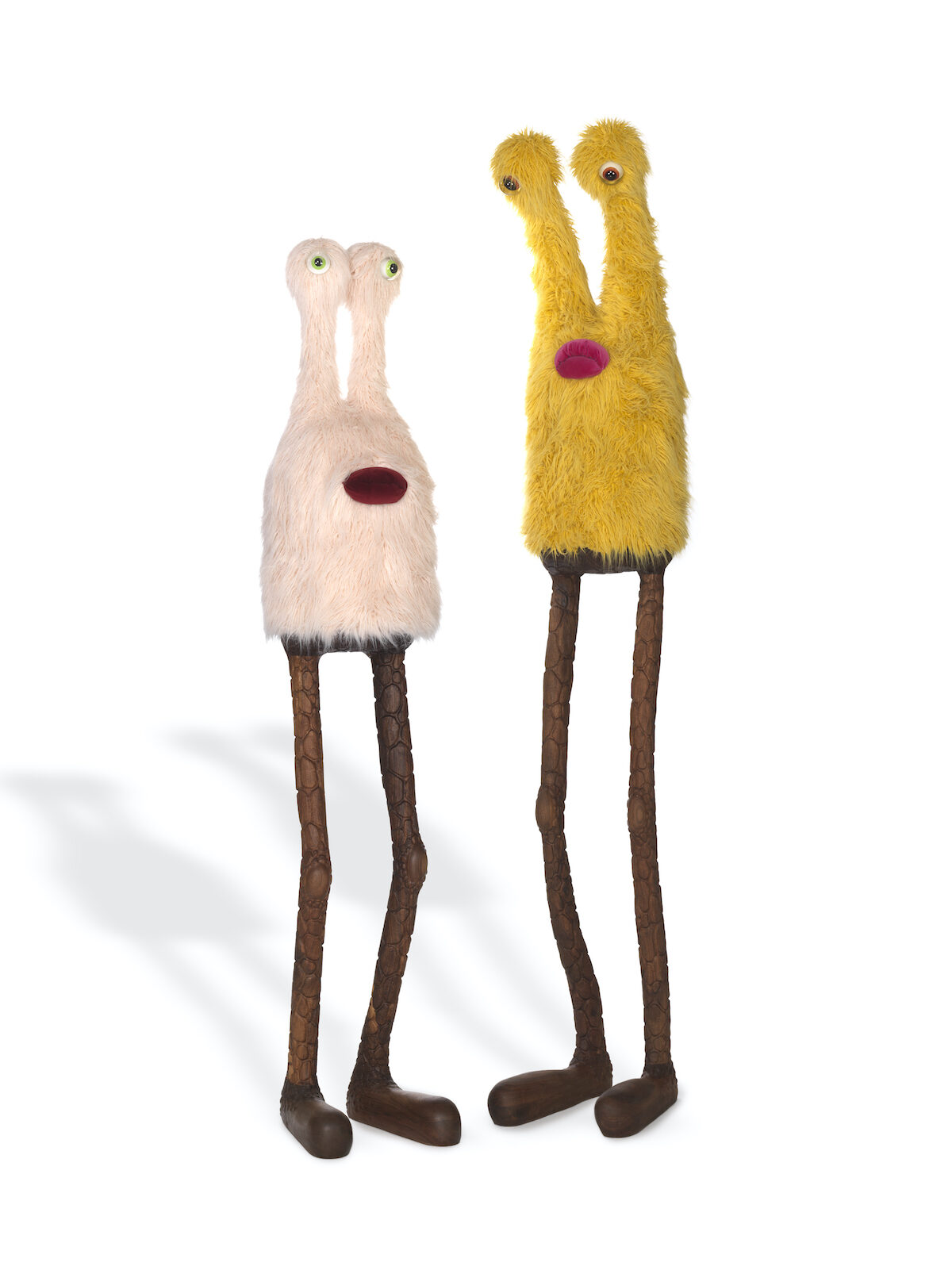
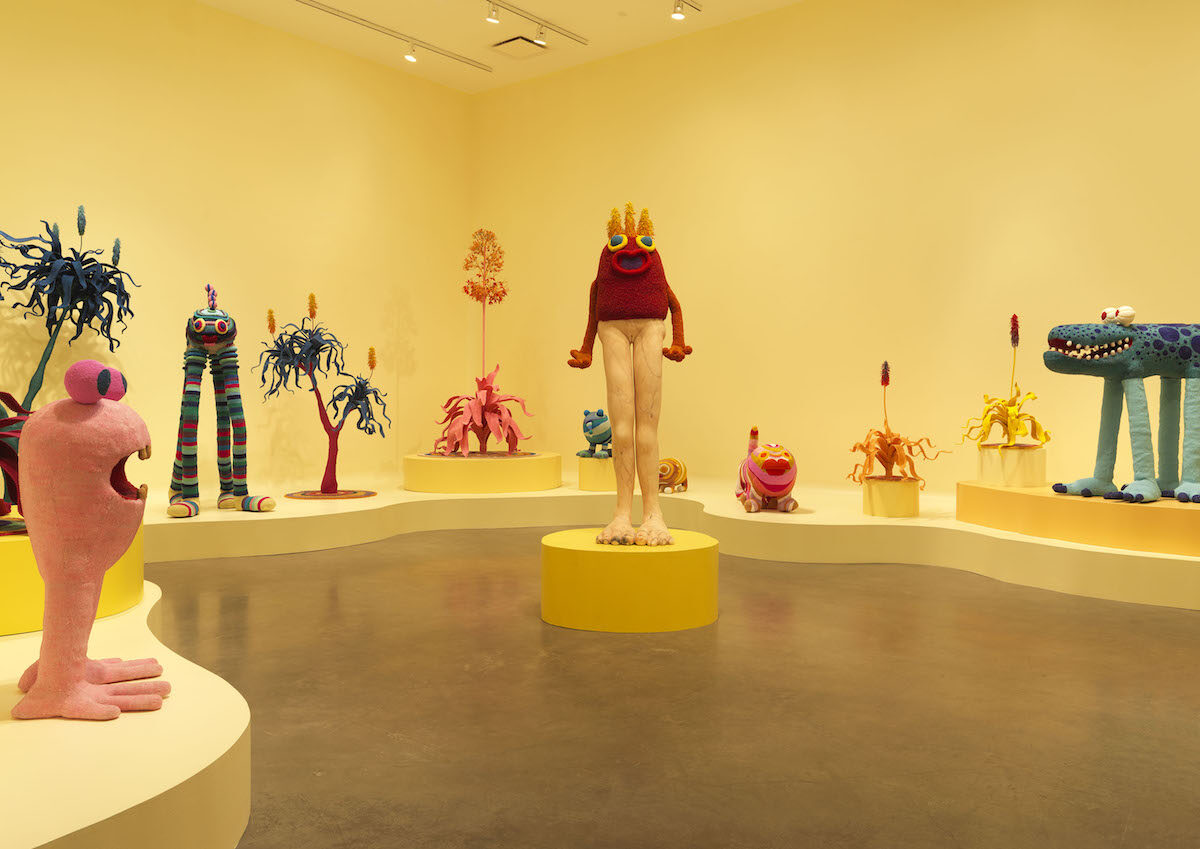
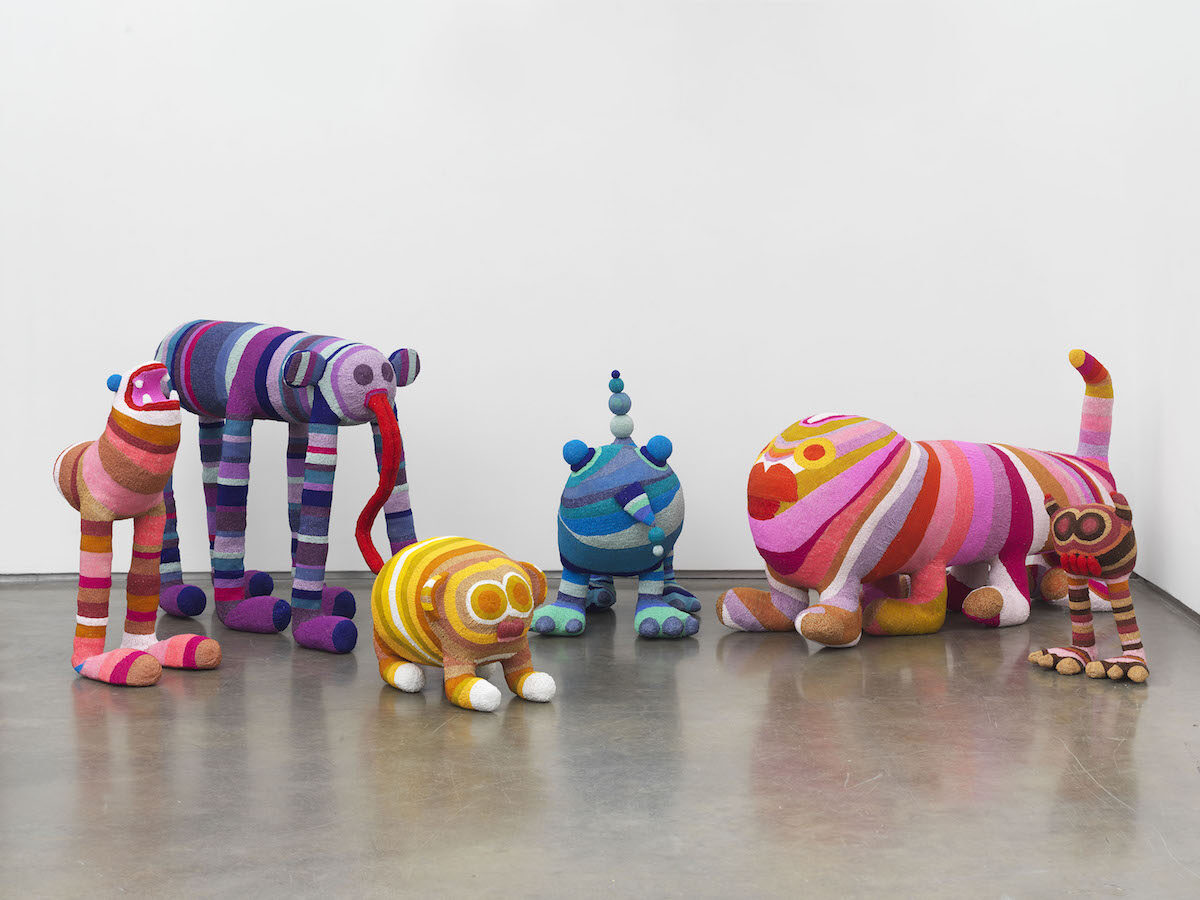
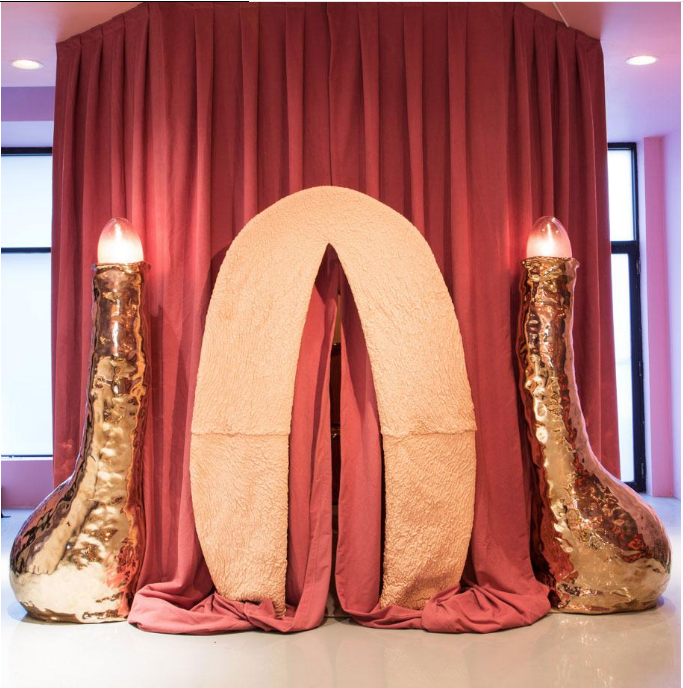
Posted By: Paul - Wed Jan 27, 2021 -
Comments (2)
Category: Art, Pop Art, Surrealism, Cryptozoology, Fictional Monsters, Sexuality
The Art of Yinka Shonibare
The artist's homepage, with many more photos.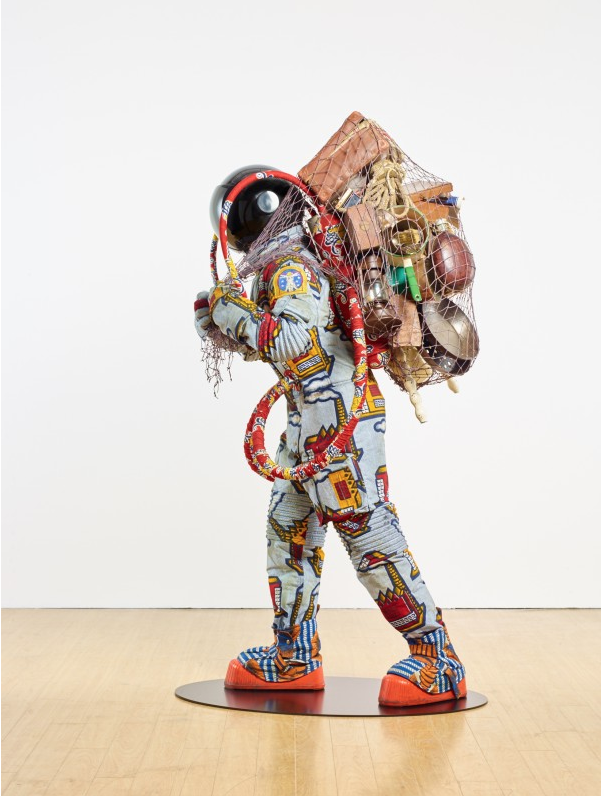
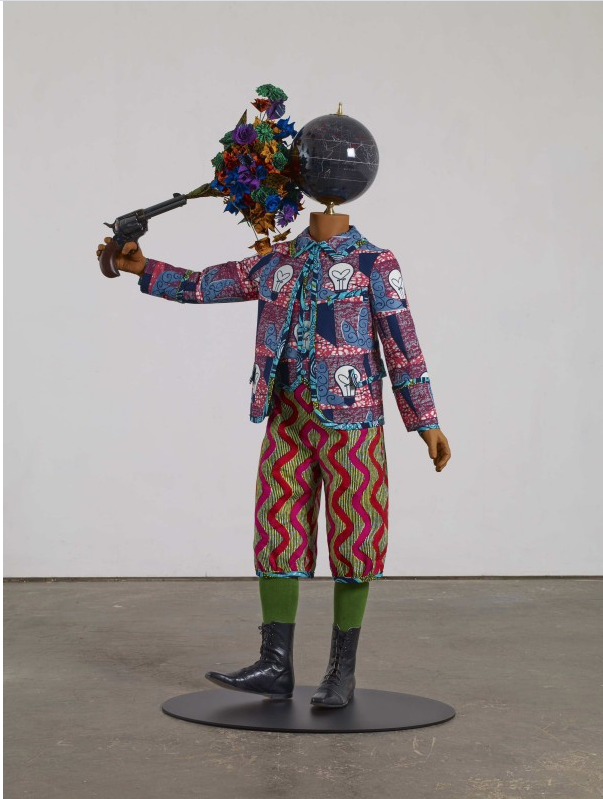
Posted By: Paul - Sun Jan 24, 2021 -
Comments (1)
Category: Art, Avant Garde, Pop Art, Surrealism, Statues and Monuments, Beauty, Ugliness and Other Aesthetic Issues, United Kingdom
Lisa Bufano, Revisited
Nine years ago, we did a post on this artist. Revisiting her, I learned that two years afterwards, she had a sad ending by suicide.Other videos here.
Posted By: Paul - Sat Jan 09, 2021 -
Comments (0)
Category: Art, Avant Garde, Dance, Differently Abled, Handicapped, Challenged, and Otherwise Atypical
Fore-Edge Painted Books
An article with examples here.
Posted By: Paul - Thu Jan 07, 2021 -
Comments (2)
Category: Art, Magic and Illusions and Sleight of Hand, Books
Artwork Khrushchev Probably Would Not Have Liked 31
Love Jan Zrzavý's look!His Wikipedia page.
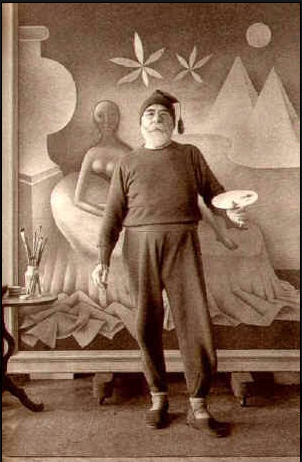
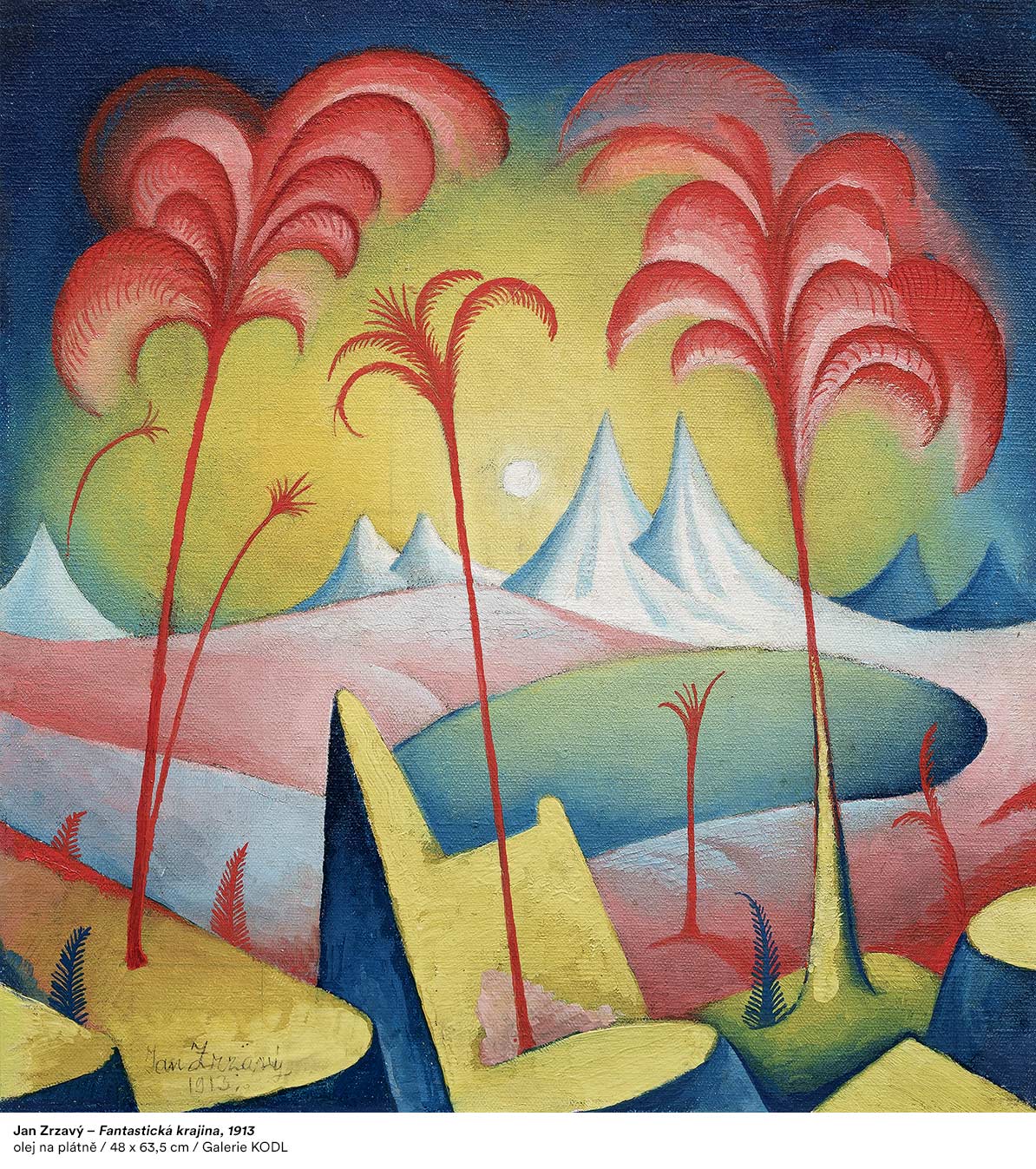
Posted By: Paul - Mon Jan 04, 2021 -
Comments (2)
Category: Art, Avant Garde, Europe, Russia, Twentieth Century
Clothes for Snowmen
Various sources report that when Madame de la Bresse died in 1876, she instructed in her will that all her money be used for buying clothes for snowmen. For instance, Bill Bryson shares this anecdote in his 1990 book The Mother Tongue: English & How it got that Way:Here's a 1955 cartoon about Madame de la Bresse and the snowmen:

The Montana Standard - May 6, 1955
But the earliest source for the story I've been able to find is a 1934 edition of Ripley's Believe it Or Not!. Which makes me wonder if the story is true, because I'm convinced Ripley invented many of his "strange facts". I can't find any French references to Madame de la Bresse.
However, it's possible Madame de la Bresse and her odd bequest were real, and the best argument for this I've been able to find is made by Bob Eckstein in his The History of the Snowman. He doesn't provide any sources to verify the existence of Madame de la Bresse, but he does give some historical context that could explain what might have inspired her to want to clothe snowmen:
The date was December 8, 1870. Snow began to cover Paris. Bored officers threw snowballs, and some of the soldier-artists began to make snow sculptures. Before long, the snowballs became monumental snow statues. One soldier, Alexandre Falguière, channeled his angst of his home city being attacked by creating La Résistance, a colossal snow woman, which was constructed in a mere two to three hours with the help of others.
Although the artist Moulin built a huge snow-bust nearby, it was twenty-nine-year-old Falguière's snow woman that attracted the press to visit the site...
The snow woman was light in the bosom yet clearly blessed with a female face. She had broad shoulders with folded muscular arms and possessed an able-bodied, World Wrestling Federation savoir faire, which suggests Falguière compared the Prussian siege of Paris with the sexual aggression of a relentless female refusing to succumb (La Résistance).

La Résistance by Falguière. Source: wikipedia
So maybe Madame de la Bresse was invented by Ripley. Or maybe she was real and decided to clothe snowmen because she was offended by Falguière's nude snow statue. I'm not sure. Hopefully someone else may be able to shed some light on this mystery!
Posted By: Alex - Sun Dec 13, 2020 -
Comments (4)
Category: Art, Statues and Monuments, Death, Law
The feather paintings of Ida Jarvis
Ida Helen Jarvis came up with the idea of making pictures out of feathers. She would travel around the world, visiting zoos and aviaries to add to her feather collection. Then she would arrange the feathers to form pictures of landscapes, gluing or stitching the feathers onto a cardboard mat.She was so taken with this idea that she decided to patent it (Patent No. 1,395,575, 1921). Included in her patent was the idea of using down to represent foam in a stream of water.
Her feather paintings must have been quite colorful. But unfortunately the only image of one I can find is the black-and-white drawing included with her patent.

Posted By: Alex - Sun Nov 22, 2020 -
Comments (3)
Category: Art, Inventions, Patents, 1920s
Artwork Khrushchev Probably Would Not Have Liked 30
The Wikipedia page of the artist.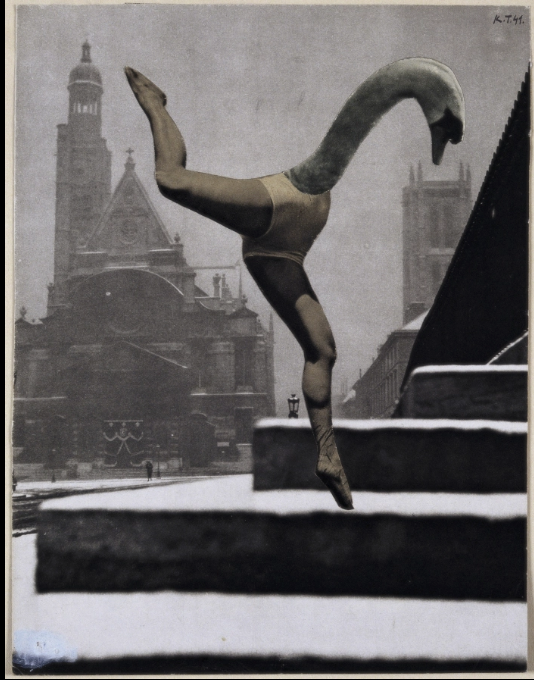
Posted By: Paul - Sat Nov 14, 2020 -
Comments (2)
Category: Art, Avant Garde, Surrealism, Twentieth Century

| Who We Are |
|---|
| Alex Boese Alex is the creator and curator of the Museum of Hoaxes. He's also the author of various weird, non-fiction, science-themed books such as Elephants on Acid and Psychedelic Apes. Paul Di Filippo Paul has been paid to put weird ideas into fictional form for over thirty years, in his career as a noted science fiction writer. He has recently begun blogging on many curious topics with three fellow writers at The Inferior 4+1. Contact Us |




